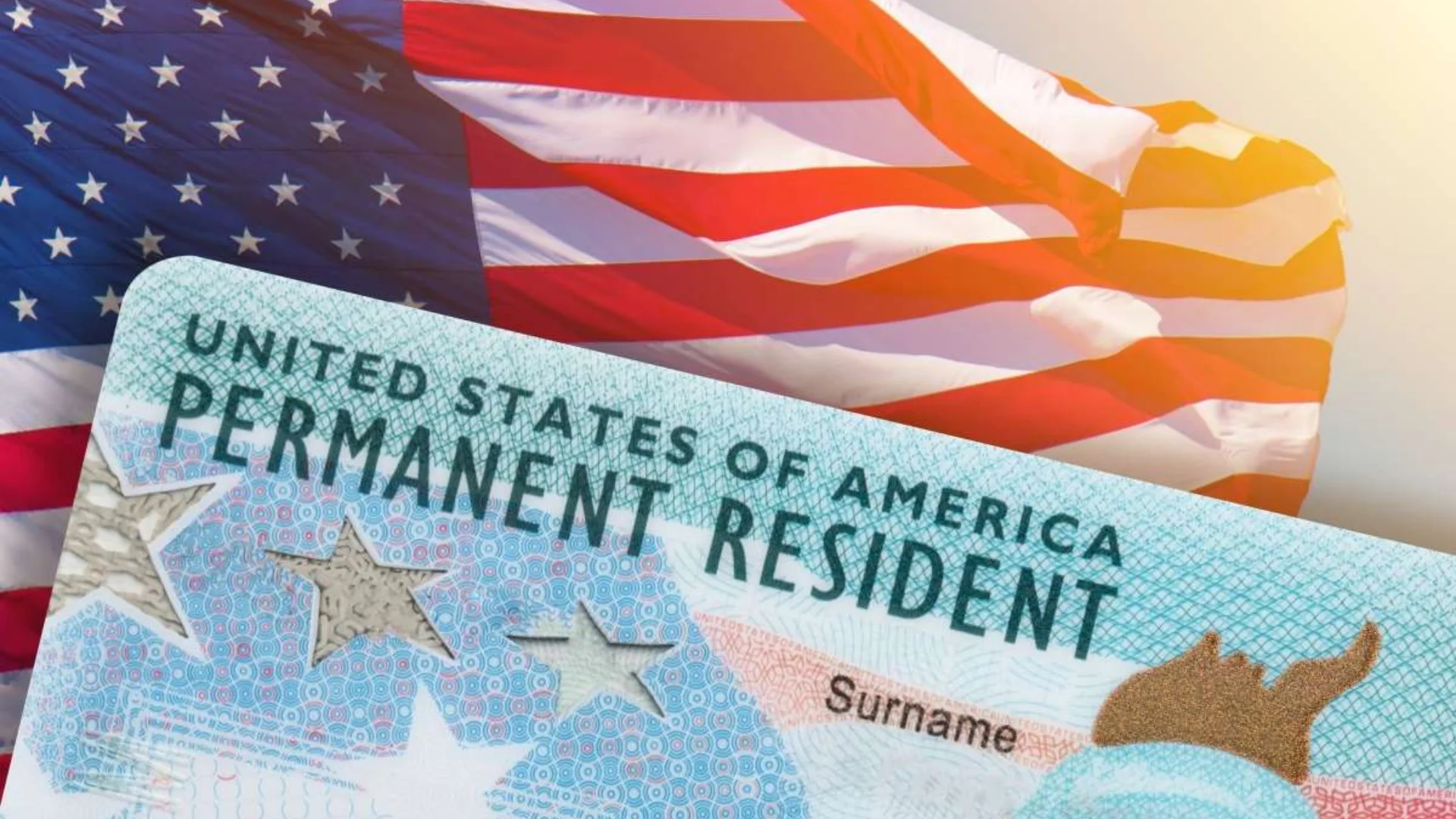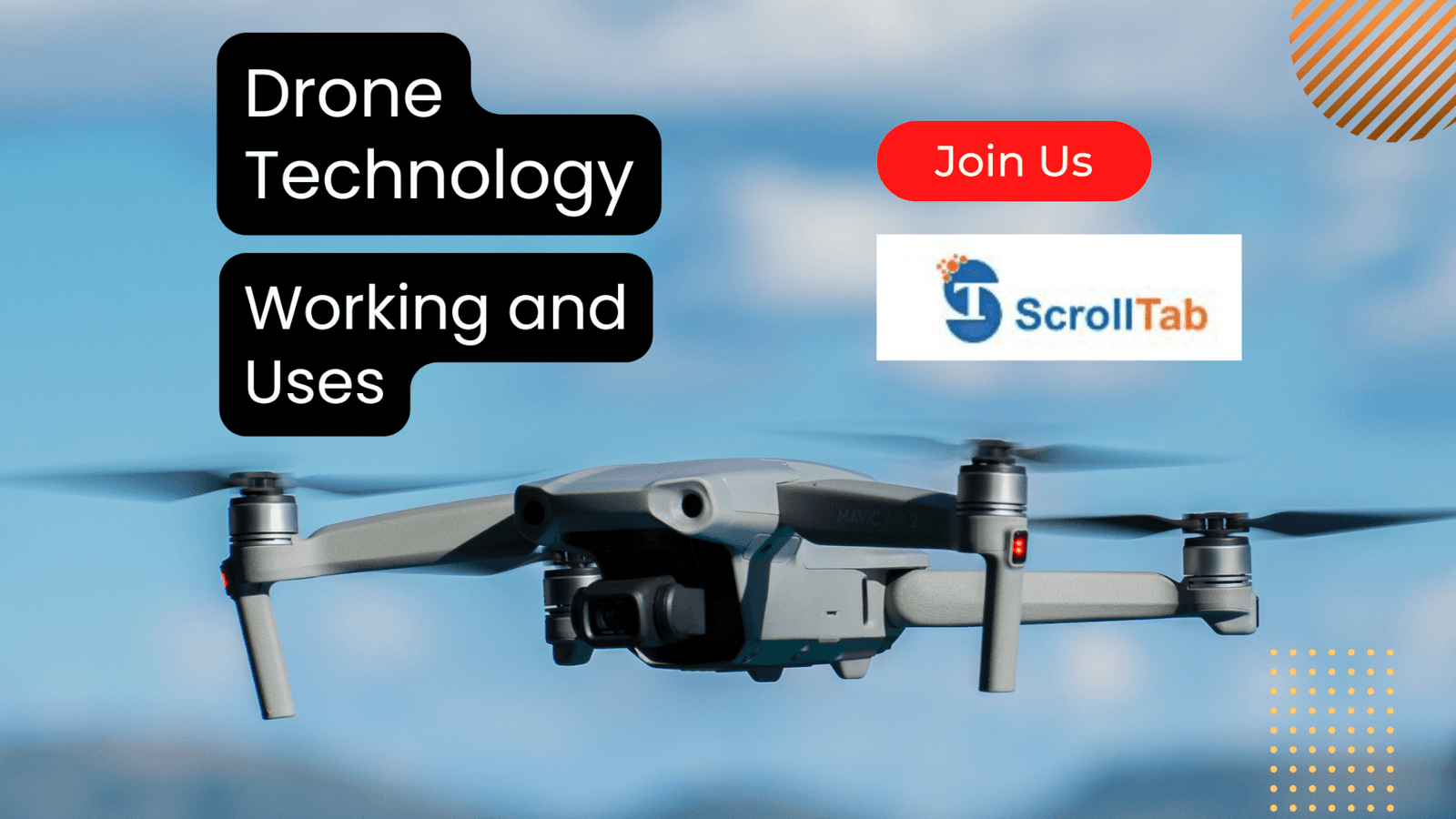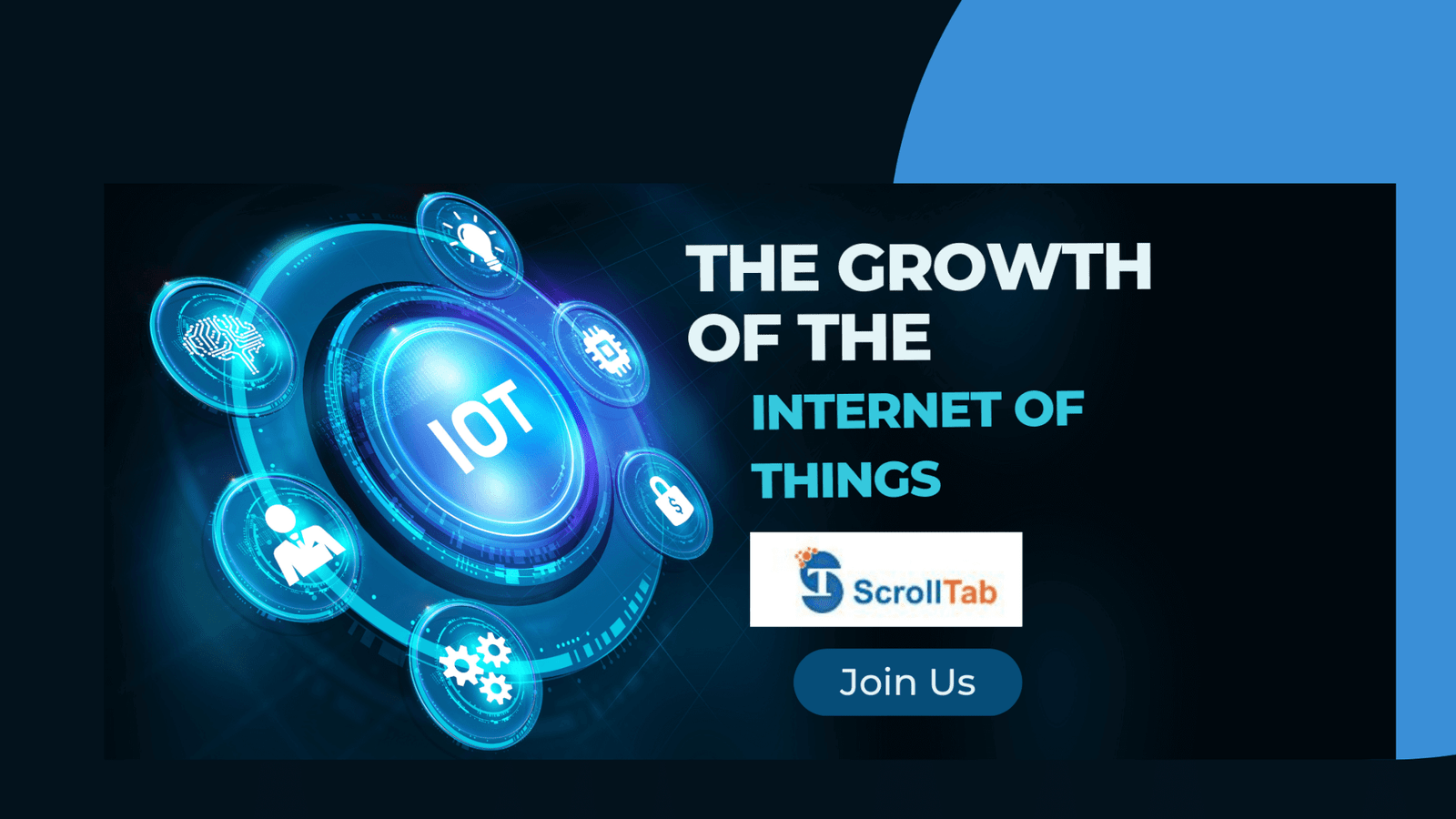When signing in with a username and password to a resource, such as an online account or program, Multi-Factor Authentication is used to require the user to give two or more ways of authentication to verify their identity.You may not know it, but you probably already use two-factor authentication in the physical world.
Usernames and passwords are no longer as effective at preventing unwanted users as they previously were as cybercriminals learn new techniques to steal login information. According to research, there are over 15 billion stolen login credentials on the dark web, which are frequently used by hackers to steal sensitive data from prominent business.
A user is only permitted access to a website or application using the multi-factor authentication (MFA) method if they are successful in presenting two or more pieces of evidence (or factors) to an authentication mechanism. These factors can include knowledge (something only the user knows), possession (something only the user has), and inherence (something only the user is). MFA prevents unauthorised third parties who may have been able to figure out, for instance, a single password from accessing user data, which may contain personal identification or financial assets.
Maintain awareness and use MFA
MFA has becoming increasingly simpler to implement and use in both business and personal IT environments. Even though it’s simple to have a false sense of security when the same people log into the same systems every day, MFA must be used to maintain a Zero Trust environment, which is founded on the maxim “never trust, always verify.”
For individuals Security
Although you would need to actively opt in by changing your account settings, many online sites enable MFA. MFA should be enabled on as many accounts as feasible, beginning with the ones that store their most private information, such as their email and financial accounts. The 2FA Directory offers unique MFA steps to the popular websites along with comprehensive instructions.
For organizations Security
Regardless of their size or industry, businesses should make MFA essential for all online accounts, including those of their employees and anyone else who has access to corporate data. For those who have already implemented MFA throughout their businesses, single sign-on (SSO), which enables users to utilize a single set of credentials for numerous services, can be explored as a way to further tighten authentication and authorization.
what types of cyberattacks does MFA protect
- Phishing
- Spear phishing
- Keyloggers
- Credential stuffing
- Brute force and reverse brute force attacks
- Man-in-the-middle (MITM) attacks
Takeaway
Banks use MFA to safeguard against a variety of online dangers, including phishing attempts, account takeovers, and other issues. Having the right security measures in place to secure your company and customers is more crucial than ever in this digital age. One of the best ways to safeguard your company against cybercrime is really with MFA.
MFA is not able to offer flawless protection or completely stop cyberattacks. However, it can assist in securing email access, safeguarding high-value systems and accounts, and reducing the use of compromised credentials. Most importantly, MFA offers more authentication layers to safeguard systems and stop various threats. In order to achieve Zero Trust, the most dependable cybersecurity strategy,MFA is also essential.



















